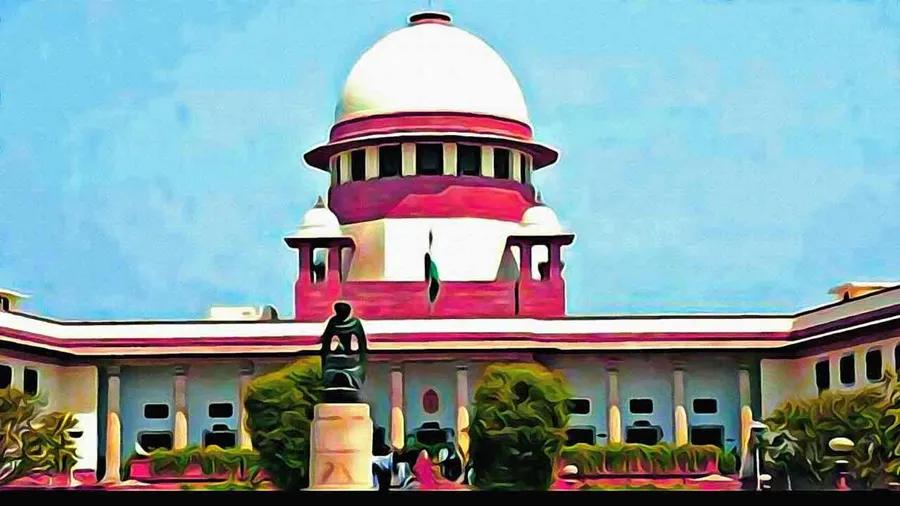The Complexities of Caste and Privilege: Beyond Economics
The Supreme Court’s recent ruling on sub-classification within Scheduled Castes (SCs) and Scheduled Tribes (STs) for reservation purposes has ignited a crucial debate about the evolving nature of caste-based marginalization in India. While the intent behind the ruling is laudable, the practicality of implementation raises significant concerns. This editorial delves into the complexities of caste, privilege, and marginalization, arguing that a purely economic definition of the “creamy layer” is insufficient to address the multifaceted nature of discrimination.
Reservation: A Tool for Social Empowerment, Not Just Economic Upliftment
The original purpose of reservation was to dismantle the deeply ingrained system of “untouchability” and ensure access to justice for marginalized communities. While economic progress is undoubtedly a crucial aspect of empowerment, it does not automatically erase the intangible forms of discrimination that persist. The author’s personal anecdote of facing casteist remarks despite financial stability underscores this point.
Defining Marginalization: A Multi-Dimensional Challenge
Determining who is “most marginalized among the marginalized” is a complex task that cannot be solely based on economic criteria. The manifestation of untouchability has evolved, and discrimination now permeates various aspects of life, including education, employment, and social interactions. The underrepresentation of SCs and STs in academic institutions, professional fields, and positions of power highlights the need for a more nuanced understanding of marginalization.
The Perils of Sub-Classification: Potential for Manipulation and Exclusion
The Supreme Court’s ruling, while well-intentioned, opens the door for potential manipulation at the state level. In the absence of a clear definition of the “most marginalized,” there is a risk that sub-classification could be exploited for political gain rather than genuine social upliftment. The author’s personal experience of facing discrimination as a Dalit IPS officer further illustrates that economic advancement does not guarantee social acceptance or freedom from prejudice.
Beyond Economics: The Need for a Holistic Approach
Marginalization is a multi-dimensional phenomenon encompassing social, cultural, and economic factors. Therefore, any attempt to identify the “creamy layer” must consider a broader range of indicators, including educational attainment, occupational status, social capital, and access to resources. The author argues that a comprehensive caste survey with targeted data collection is essential to accurately assess the progress of Dalits and identify those who have truly overcome the barriers of caste-based discrimination.
Conclusion: Towards a More Equitable and Inclusive Society
Affirmative action policies like reservation were envisioned as a means to level the playing field and create a more inclusive society. However, the success of these policies hinges on a nuanced understanding of marginalization that goes beyond economic metrics. By embracing a holistic approach and gathering comprehensive data, policymakers can ensure that the benefits of reservation reach those who need it most, ultimately paving the way for a more just and equitable India.

Sunil Garnayak is an expert in Indian news with extensive knowledge of the nation’s political, social, and economic landscape and international relations. With years of experience in journalism, Sunil delivers in-depth analysis and accurate reporting that keeps readers informed about the latest developments in India. His commitment to factual accuracy and nuanced storytelling ensures that his articles provide valuable insights into the country’s most pressing issues.



